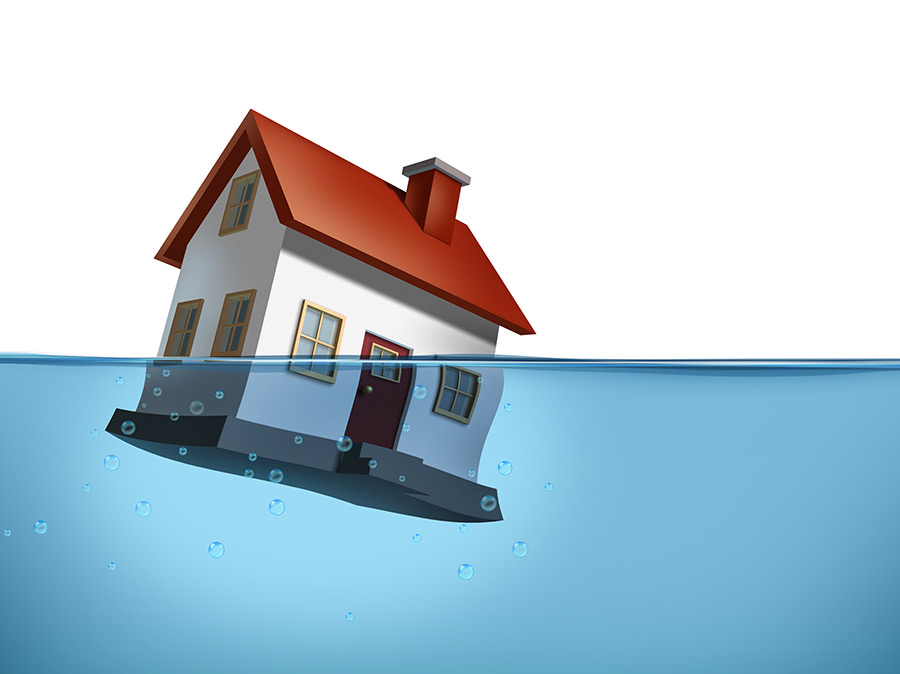The Six Most Common Water Leaks in Your Home: How They Happen and What to Do
The Six Most Common Water Leaks in Your Home: How They Happen and What to Do
Blog Article
We've come across this article relating to How to detect water leaks in your home directly below on the internet and think it made good sense to share it with you over here.
Leaks not just create waste of water yet can also trigger unneeded damage to your home and also advertise unwanted natural growth. By recognizing as well as looking for day-to-day scenarios that cause leakages, you can protect your house from future leakages and unneeded damages.
Encroaching roots
The majority of water leaks begin outside the house instead of inside it. If you see a sudden reduction in water stress, say in your tap, require time to go out as well as analyze your backyard. You could observe wet spots or sinkholes in your lawn, and that may indicate that tree origins are getting into water lines causing water to leak out. You can have your plumber look for intrusion, specifically if you have trees or shrubs near your property.
Corroded water supply
This may be the cause of discoloration or warping on your water pipes. If our plumbing system is old, think about changing the pipes considering that they are at a higher risk of corrosion than the newer models.
Defective Pipe Joints
The point at which your pipelines attach is regularly the weakest web link in the waterline. Pipeline joints can degrade with time, causing water leakages. Unfortunately, the majority of pipe joints are not easily noticeable. If you have noisy pipelines that make ticking or banging sounds, specifically when the warm water is switched on, your pipe joints are probably under a great deal of stress. It is a good idea to have your plumber examine your system yearly.
Immediate temperature changes.
Severe temperature changes in our pipelines can create them to broaden and also acquire unexpectedly. This development as well as tightening may trigger cracks in the pipelines, especially if the temperature level are below cold.
Poor Water Connectors
At times, a leak can be triggered by loose pipes and pipelines that supply your home appliances. Generally, moving is what creates the loose water Links. You could discover when it comes to a washing maker, a hose might spring a leak as a result of shaking throughout the spin cycle. In case of a water connections leakage, you may observe water running directly from the supply line or puddles around your devices.
Blocked Drains
Obstructed drains pipes might be aggravating and inconveniencing, however they can often wind up causing an overflow resulting in rupture pipelines. Maintain removing any products that might drop your drains that could block them to stay clear of such inconveniences.
All the above are root causes of leakages however not all water leakages arise from plumbing leakages; some leaks might come from roofing leaks. All leaks ought to be fixed quickly to avoid water damage.
Leaks not just create waste of water yet can additionally create unnecessary damage to your home and advertise undesirable natural development. By looking and understanding for everyday scenarios that create leakages, you can shield your residence from future leakages as well as unnecessary damages. Today, we will certainly look at 6 leakage triggers that may be causing your pipes to drip.
At times, a leak can be caused by loose hoses and also pipelines that supply your home appliances. In situation of a water links leakage, you may discover water running directly from the supply line or pools around your devices.
How To Check For Water Leak In Your Home
How To Check for Leaks
The average household's leaks can account for nearly 10,000 gallons of water wasted every year and ten percent of homes have leaks that waste 90 gallons or more per day. Common types of leaks found in the home are worn toilet flappers, dripping faucets, and other leaking valves. These types of leaks are often easy to fix, requiring only a few tools and hardware that can pay for themselves in water savings. Fixing easily corrected household water leaks can save homeowners about 10 percent on their water bills.
To check for leaks in your home, you first need to determine whether you're wasting water and then identify the source of the leak. Here are some tips for finding leaks:
Take a look at your water usage during a colder month, such as January or February. If a family of four exceeds 12,000 gallons per month, there are serious leaks.
Check your water meter before and after a two-hour period when no water is being used. If the meter changes at all, you probably have a leak.
Identify toilet leaks by placing a drop of food coloring in the toilet tank. If any color shows up in the bowl after 10 minutes, you have a leak. (Be sure to flush immediately after the experiment to avoid staining the tank.)
Examine faucet gaskets and pipe fittings for any water on the outside of the pipe to check for surface leaks.
Undetected water leaks can happen without the home or business owner even realizing. If you suspect a water leak, but not able to find the source. It is time to contact a professional water leak detection service, The Leak Doctor.
How To Find a Water Leak In Your Home
https://www.leakdoctor.com/blog/How-To-Check-For-Water-Leak-In-Your-Home_AE197.html

Hopefully you enjoyed reading our article about Common Water Leaks In House. Many thanks for taking a few minutes to read through our article. If you please take a moment to promote this entry if you enjoyed it. I value reading our article about Common Water Leaks In House.
More Details Report this page